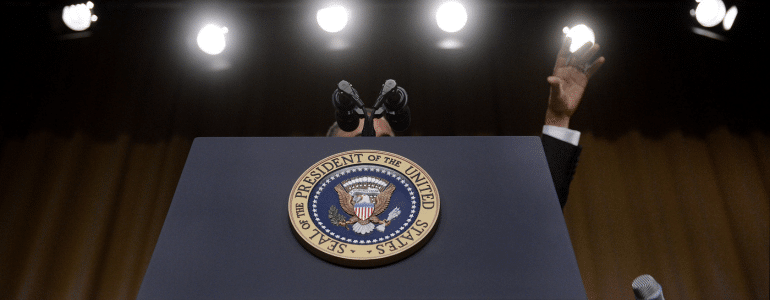What a Theater Subscription should have in common with Netflix, Audible, Amazon Music and more.
I’m gonna make a bet.
I’d bet that on your monthly credit card statement in 2018, you have more recurring monthly charges than you did in 2013. Back then you might have had a gym membership. Maybe a Netflix account for DVDs (remember that?). But that was probably about it.
Now, maybe it’s Apple Music, or Blue Apron, Stitch Fix, Microsoft Office, Postmates unlimited plan, or any of the thousand other apps or services that have changed their economic model from large one-time purchase to smaller monthly charges, or what they call MRR (Monthly Recurring Revenue).
The theory is that by taking a big fee and dividing it up into a series of smaller charges on a monthly basis, conversion rates increase, and the cost looks smaller to the consumer and just becomes an accepted part of the credit card statement. And the service continues until canceled, so the company doesn’t have to resell their product to that customer a year later like they would for the one-time larger purchase. The charges just keep going and going and going.
Get the idea? Sure you do. Because you’re probably a part of a few of these models . . . and you probably like it! It makes it more affordable. You don’t have to think about it. And your product gets automatically updated. As long as you use the service, it’s a win-win.
And by the #s of billion-dollar companies that have transitioned to MRR in 2018 as opposed to five years ago, I’m willing to bet it’s working for the companies and the consumer.
Which got me to thinking.
I was talking to a big regional theater lately and inquired about their subscription payment plan (see where I’m going with this?). Of course, they sold a one-time purchase subscription and they also gave their subscribers an option to break their sub up into three or so payments.
But three payments seems awkward to me. And inconsistent.
What if . . . regional theaters went to the MRR model and whacked their subscription up over the year in monthly chunks. The cost would be smaller (see above theory), the charges would be more regular and more likely to become part of the consumer’s expected routine . . . AND, you could just say their subscription was good until canceled . . . year after year after year.
Downside would be that you could lose some subscribers in the MIDDLE of the year. But I’d bet you’d pick up a heck of a lot more in the process.
Worth a shot by some theater out there as a case study, no? If I had a subscription model theater, I’d do it.
And I’d also do it if I were a subscriber.
Podcasting
Ken created one of the first Broadway podcasts, recording over 250 episodes over 7 years. It features interviews with A-listers in the theater about how they “made it”, including 2 Pulitzer Prize Winners, 7 Academy Award Winners and 76 Tony Award winners. Notable guests include Pasek & Paul, Kenny Leon, Lynn Ahrens and more.














